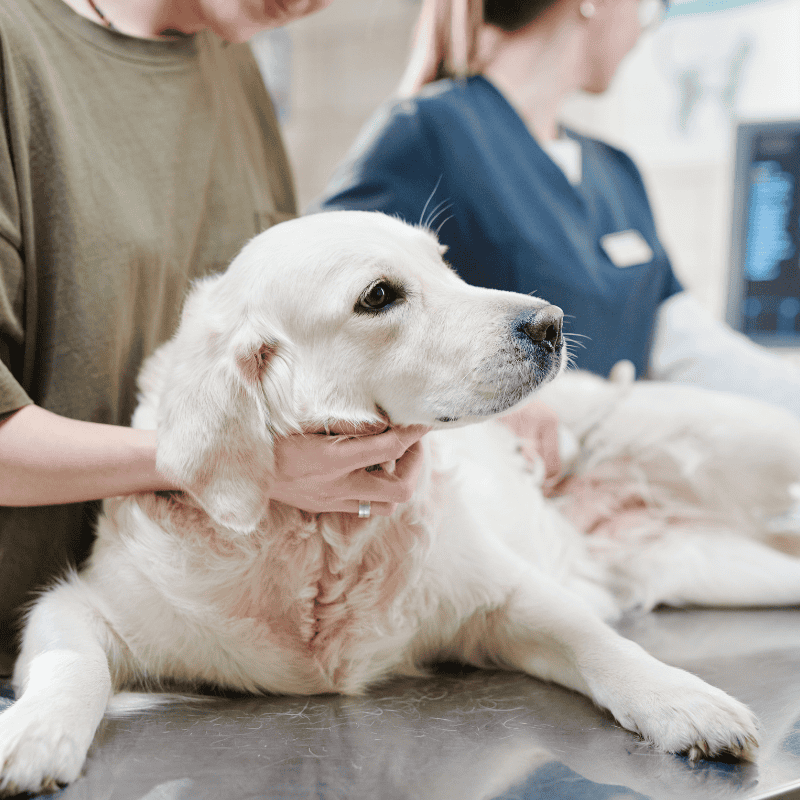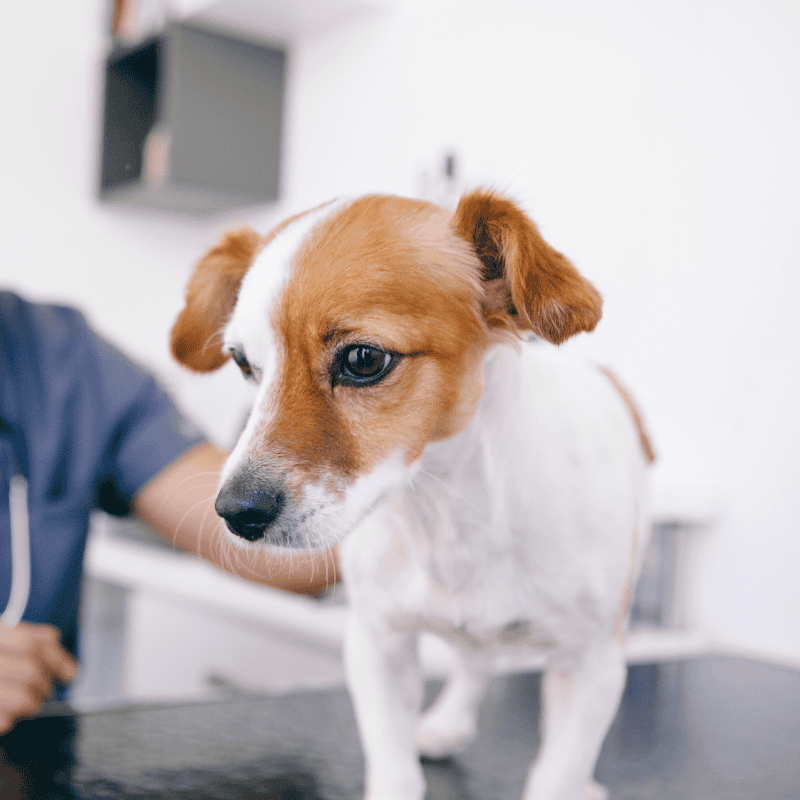Dogs
5 Symptoms of Bloat You Should Know to Save Your Dog’s Life
As a dog owner, it is your responsibility to keep your dog happy and healthy. Bloat is a serious medical emergency that can put your dog’s life at risk. It is important you know the first signs of bloat so you can act right away.
What is Bloat in Dogs?
Bloat refers to a medical condition in dogs called Gastric Dilation-Volvulus (GDV). It is characterised by a rapid expansion of a dog’s stomach, caused by fluid and gas, which results in the stomach twisting.
If this happens, it can limit blood supply to major organs. This can cause the body to go into shock and potentially lead to death.
Bloat progresses quickly and is an emergency. If you suspect your dog is experiencing bloat, take it to the nearest vet immediately.
Dog Breeds That Are Susceptible to Bloat
While bloat can happen to any dog, some breeds are more susceptible.
Large breeds, breeds with deep chests, dogs that are taller than they are wide are most likely to develop bloat. It is also more commonly seen in dogs that are middle-aged.
Breeds that experience bloat most often include:
- Bernese Mountain Dog
- Blood Hound
- Boxer
- Collie
- Doberman Pinscher
- German Shepherd
- Great Dane
- Great Pyrenees
- Greyhound
- Labrador Retriever
- Neapolitan Mastiff
- Old English Sheepdog
- Rhodesian Ridgeback
- Saint Bernard
- Standard Poodle
- Weimaraner

How to Prevent Bloat in Dogs
While there is no guaranteed way to avoid bloat, there are several things you can do to minimise your dog’s risk. These include:
- Feed your dog 2 or 3 small meals each day, rather than 1 large meal.
- Encourage your dog to eat slowly. Feeding your dog its meals in a slow feeder or treat mat (rather than a standard bowl) can help.
- Do not feed your dog from raised food bowls.
- Avoid exercise before or after eating.
- Try not to let your dog drink too much water at once.
What Are the First Signs of Bloat in a Dog?
Because bloat can progress so quickly, it is important that dog owners are familiar with the first symptoms.
5 early symptoms of bloat in dogs include:
- Drooling excessively.
- Trying to vomit but unable to bring anything up.
- Swollen or tight abdomen.
- Appearing restless, stressed, panting or pacing.
- Collapsing or unable to stand.
If you suspect any of these symptoms, visit your closest vet immediately.

How to Treat Bloat
If bloat is caught early, vets may be able to treat it using anti-gas medications or by gastric decompression using a needle.
If bloat has reached a more severe stage, surgery is required. The vet will manually decompress, untwist and reposition the stomach. If there is necrosis, the dead tissue may be removed.
The vet will then perform a gastropexy, where the stomach is surgically attached to the abdominal wall to prevent it twisting again.
Some vets may recommend a preventative gastropexy on healthy, high-risk dogs to stop bloat from occurring.



